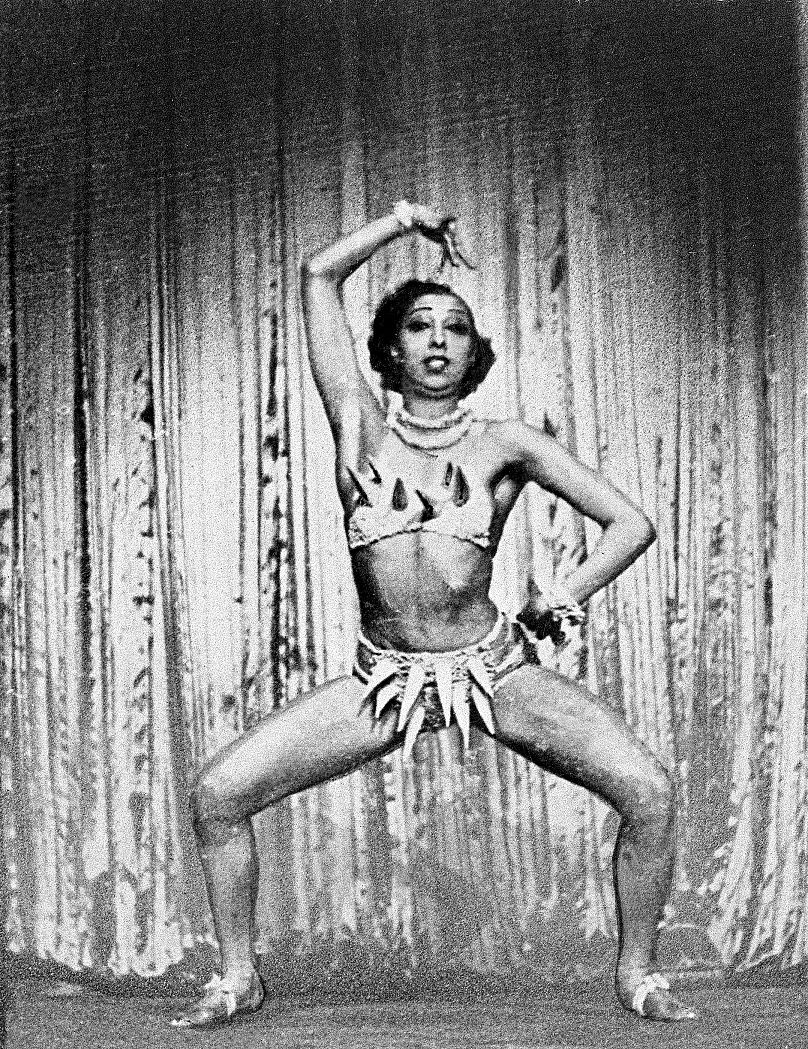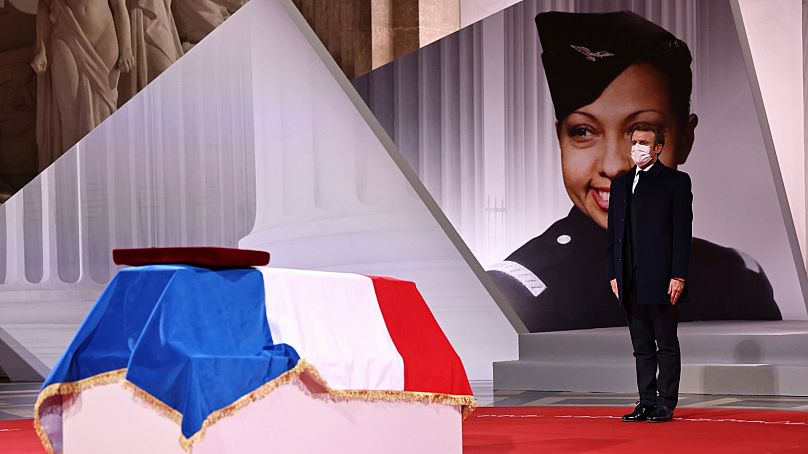A new exhibition in Germany is celebrating the centennial of Josephine Baker’s pioneering performances at the Revue Nègre.
Josephine Baker was born in Missouri, US in 1906. After moving to New York in her teens, her promising dancing career gave her the opportunity to move to Paris. At the Théâtre des Champs-Élysées, Baker had her big break.
On 2 October 1925, when Baker was still just 19-years-old, she performed in La Revue Nègre. It was a ground-breaking performance and Baker became quickly famous as one of the only Black dancers gaining national attention.
From the Revue Nègre onwards, Baker’s star soared. She became the most successful American entertainer in France and was the first Black woman to star in a major motion picture, the 1927 silent film Siren of the Tropics.
Baker performed in Berlin as part of the Revue Nègre when she came to the Nelson Theater on Kurfürstendamm Berlin in late 1925 and again in 1926. She continued to star in hugely popular dance shows in Paris, as well as increasingly more films and released many songs, including the popular ‘J'ai deux amours’ in 1931.
A symbol of the jazz age, the Neue Nationalgalerie in Berlin is celebrating Baker’s influence on the 1920s and how her career charted a course for the rest of the century.
‘Josephine Baker: Icon in Motion’ opens today (26 January) and will run to 28 April this year. The exhibition focuses on Baker’s “artistry in dance, music, film, amongst other disciplines, and her inspirational role not only as an artist but also as a resistance fighter, civil rights activist, and transformative cultural figure.”
Curated by Dr. Mona Horncastle, who previously curated ‘Josephine Baker. Freedom – Equality – Humanity’ at the Bundeskunsthalle in Bonn and film scholar Dr. Terri Francis, who wrote ‘Josephine Baker's Cinematic Prism’, the exhibition brings together photos, videos and archival items from Baker’s career.
As one of the first Black artists to gain a foothold in the mainstream arts world, Baker’s influence on cinema, dance, music and civil rights will be at the forefront of this short-running but fascinating exhibition.
Included in the show are historical artists such as Le Corbusier, George Hoyningen-Huene, and Henri Matisse. While contemporary artists including Jean-Ulrick Désert, Simone Yvette Leigh, Faith Ringgold, Ines Weizman, Carrie Mae Weems and Kandis Williams have also contributed material.













